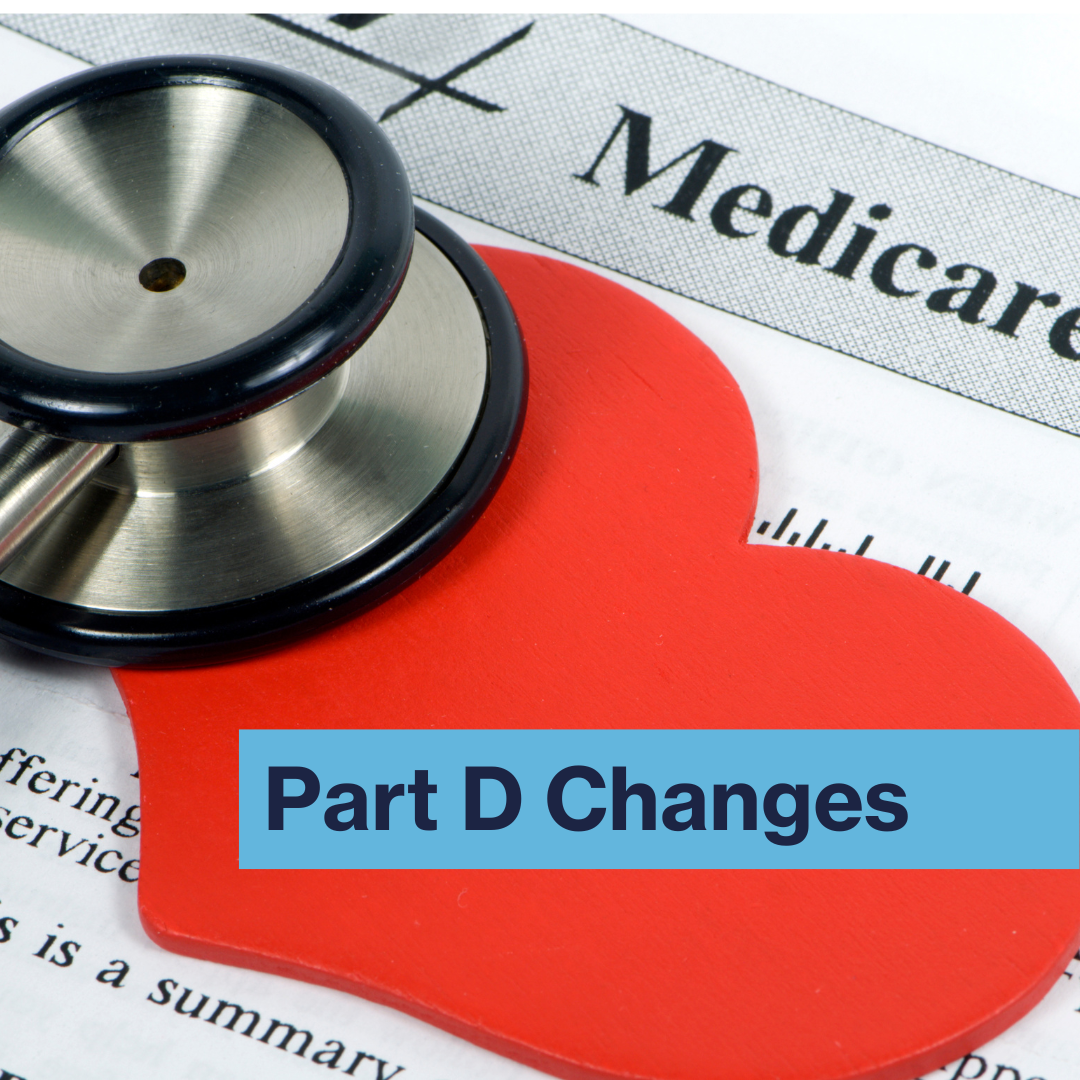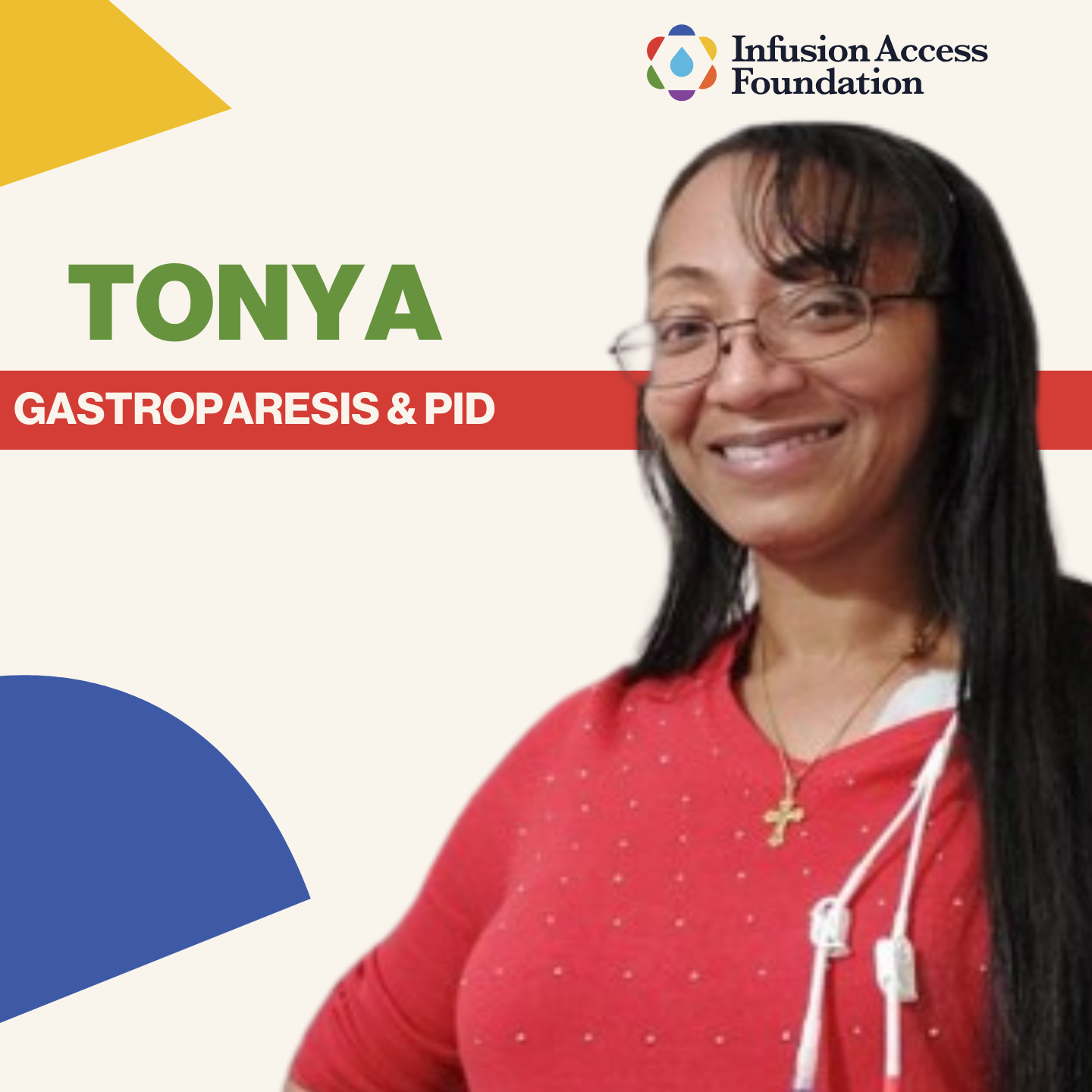Some new changes coming to Medicare Part D in 2025 could benefit Medicare-eligible individuals who rely on prescription medications.
Medicare is health insurance for folks ages 65 or older. Individuals with disabilities or those with End-Stage Renal Disease (ESRD) or ALS (Lou Gehrig’s disease) may also qualify for Medicare before turning 65. If you are eligible for Medicare in 2025 and know you will need prescription medicines in the new year, it might be a good idea to explore enrolling in Medicare Part D.

The ABCs and Ds of Medicare
Medicare is divided into four parts: A, B, C, and D. Part A covers trips to the hospital, skilled nursing, and hospice care. Part B is insurance for services or supplies that are medically necessary, including provider-administered therapies, preventative services, or tests to detect early-stage disease. Part C or Medicare Advantage is an insurance plan that includes Part A and B but is offered by private companies that contract with Medicare. Part D is prescription drug coverage, typically for drugs that do not require someone to administer them but do need a prescription. Although everyone with Medicare is eligible for Part D, it is optional, and some Part C plans include Part D coverage.
We typically think of drugs as either Part B or Part D. Part B covers infusion or injectable drugs that one receives at an infusion center, while Part D covers medicines you pick up with a prescription from a pharmacy counter. Here’s a fun video from the Infusion Access Foundation team explaining the difference.

What to Expect
Now that you know your Medicare ABCs, let’s discuss what to expect for Part D in 2025.
The first change is the amount Medicare Part D enrollees will spend on drugs in a year. Due to recently passed federal legislation, no individual covered by Medicare Part D will spend more than $2,000 on prescription drugs. Part D beneficiaries do not have to do anything to benefit from the new law–each enrollee’s spending on prescription drugs will be automatically capped at $2,000.
In addition to the cap, Medicare is offering a new monthly payment plan for Part D enrollees called the Medicare Prescription Payment Plan (MPPP). Unlike the $2,000 cap, it is up to Part D beneficiaries to opt in for this “smoothing” plan. If an individual opts in within the first month of the year, the MPPP will divide the cost of purchased prescription drugs over 12 months. If a Medicare beneficiary opts in later in the year, it will only be divided by the remaining months of that year.
Once an individual is enrolled, they will pay nothing at the pharmacy counter and receive a monthly bill to pay their plan directly in addition to their plan’s premium. Should you forget to sign up, pharmacists must notify Medicare enrollees who spend $600 or more at the pharmacy counter. If this happens to you and you wish to enroll, leave your prescription at the counter, opt-in on your phone or computer through your plan’s website, and return to the pharmacy 24 hours later.

Important Considerations
Individuals receiving financial assistance to cover their drug costs through programs like Medicare’s Extra Help Program, Medicare Savings Program, or a State Pharmaceutical Assistance Program (SPAP) might not benefit from the MPPP. Medicare.gov has put together some resources to help determine whether a payment plan is right for you. We suggest reviewing these resources before making a decision.

Correction Corner
We typically think of drugs as either Part B or Part D. Part B covers provider-administered services like the administration of infusion or injectable drugs, while Part D covers the cost of prescription drugs, shots and vaccines.”








